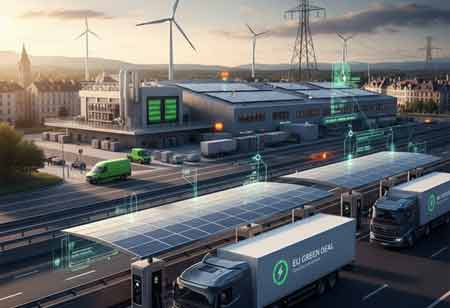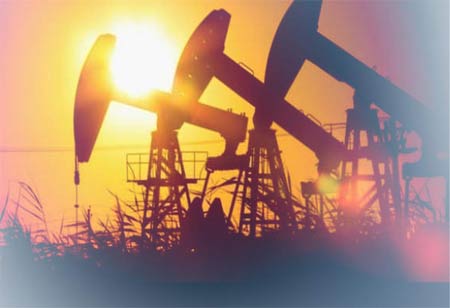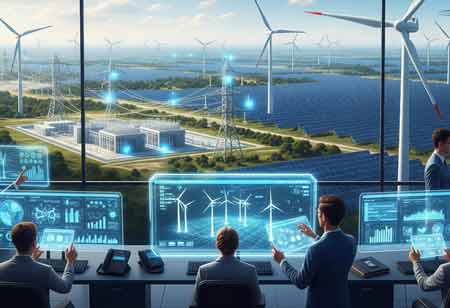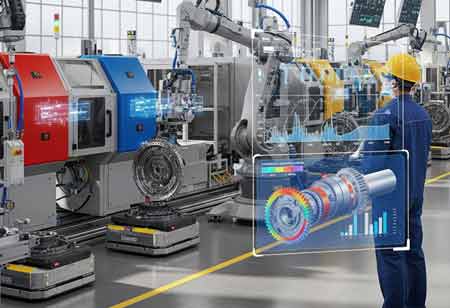CLOSE
Specials
I agree We use cookies on this website to enhance your user experience. By clicking any link on this page you are giving your consent for us to set cookies. More info
Be first to read the latest tech news, Industry Leader's Insights, and CIO interviews of medium and large enterprises exclusively from Energy Tech Review
Thank you for Subscribing
Power Struggles: Navigating the Challenges in Power Generation
Power generation faces rising pressure from growing demand, limited storage, environmental regulations, and resource constraints.

By
Energy Tech Review | Thursday, December 11, 2025
Stay ahead of the industry with exclusive feature stories on the top companies, expert insights and the latest news delivered straight to your inbox. Subscribe today.
Fremont, CA: Modern civilization is built on power generation, which powers daily life, transportation, industry, and communication. As the world's energy needs increase and the drive for cleaner sources intensifies, the power production industry is under growing pressure to change. Notwithstanding technological advancements, the sector still faces major obstacles that affect its long-term profitability, sustainability, and dependability.
Supply and Demand Equilibrium
Sustaining a steady equilibrium between the supply of electricity and customer demand is one of the most urgent problems in power generation. Since there is currently limited capacity for large-scale electricity storage, power must be produced in real-time to match consumption. This effort is complicated by fluctuating demand patterns caused by variables including population increase, industrial activity, and climate. This problem is particularly severe in areas with inadequate or antiquated infrastructure, which can result in blackouts or power shortages. Furthermore, real-time balancing becomes even more challenging as additional renewable sources are introduced to the grid and their variable output is managed.
Regulatory and Environmental Pressures
The global perspective on electricity generation is changing due to environmental concerns. Conventional sources like coal and natural gas significantly increase air pollution and carbon emissions, even if they are dependable. Increased regulatory scrutiny and international agreements push Governments and power producers to switch to greener options. However, transitioning to renewable energy requires significant planning, enormous upfront costs, and structural adjustments. To manage decentralized energy generation, grid infrastructure must also be updated. For many nations and businesses, striking a balance between these environmental responsibilities and affordability and grid stability is challenging.
Availability of Resources and Technological Limitations
The management and availability of resources required for power generation represent another fundamental difficulty. Renewable resources like wind and solar are weather-driven and dependent on geography, whereas fossil fuels are becoming harder to extract responsibly. Despite being clean, hydropower is plagued by water scarcity in many areas. The efficiency with which some resources can be captured and transformed into reliable power generation is also constrained by technological constraints. For example, despite their advancements, solar and wind technologies continue encountering challenges with efficiency, land use, and energy storage. Furthermore, rare earth materials—scarce and politically delicate—are frequently needed for innovative technology.
Power generation's future depends on tackling these interrelated issues with astute planning, creativity, and international collaboration. Developing sustainable and scalable solutions is crucial as the globe transitions to cleaner and more adaptable energy systems. By addressing these problems head-on, the industry can create the foundation for a more dependable and ecologically conscious energy future.

Copyright © 2025 Energy Tech Review. All rights reserved






